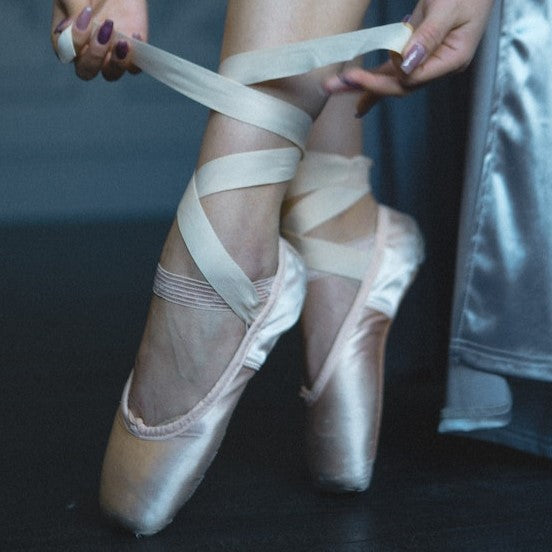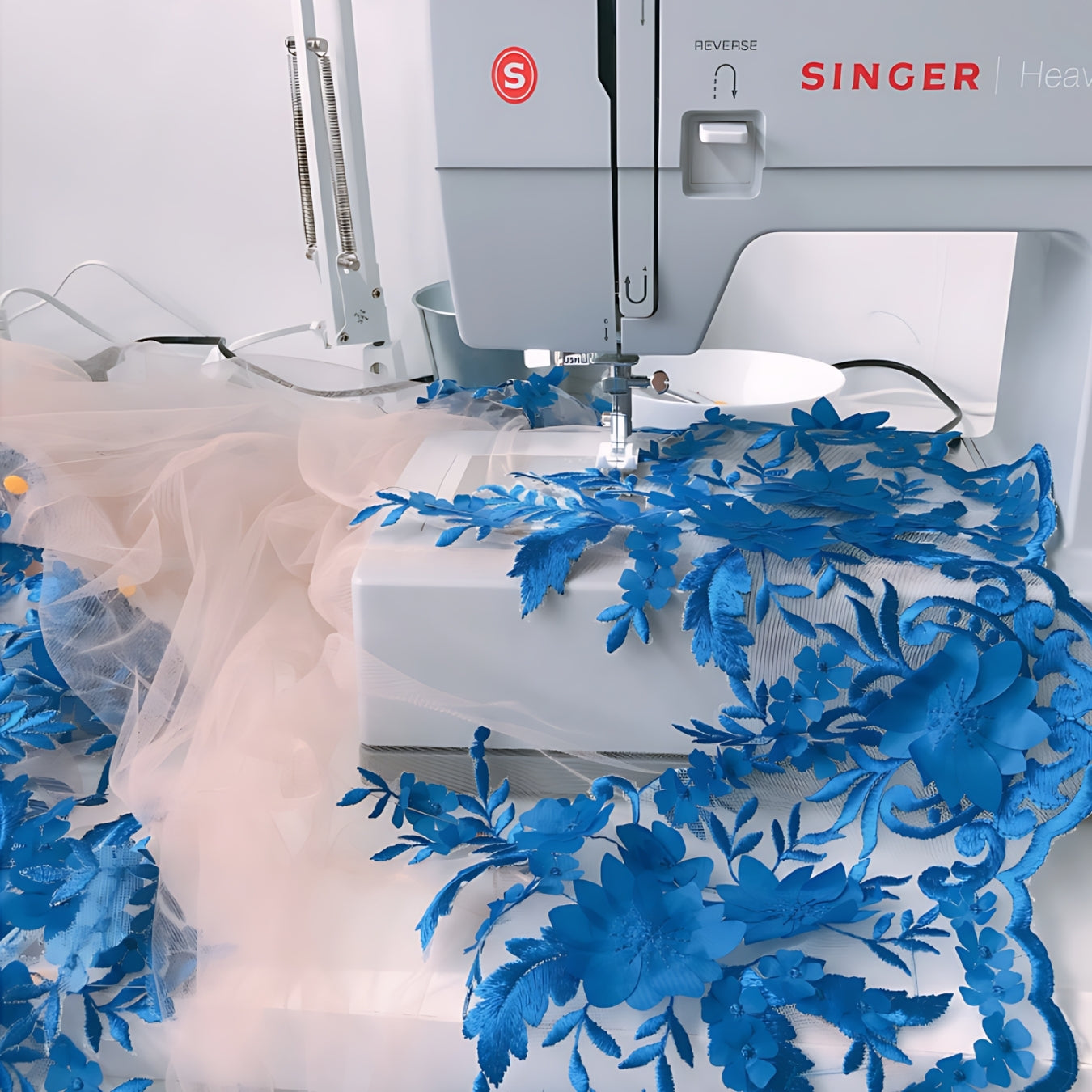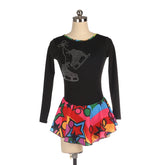Dance Injury Anxiety - How to support the injured dancer in your life
Whether you're a fitness junkie or a couch potato, we have all had this common experience - as kids when we're running around, we'll accidentally trip on something, or jump off something that we're not supposed to, and injure ourselves. That memory of getting hurt stays with you, so you become a little more careful and cautious in the future, out of fear that you'll get hurt again.
It should come as no surprise that dancers go through the same feeling, and if anything the emotions that we experience are amplified. When we sustain a bad injury or fall, we become cautious of the dance move we were attempting to do when the accident occured. Depending on how serious the injury sustained was, a dancer may even become fearful of the circumstances that led up to his or her fall.
Some caution is always a good thing - when you're more careful with your surroundings and technique, you minimise the risk of future injuries. Awareness of an injury can and will make you a better dancer. But when caution about injury prevention turns into overwhelming fear or anxiety, this can often be counterproductive.
Dance injury induced anxiety is more about the psychological impact that an injury has on a dancer, rather than the physical impact. Even after a dancer has been given the "all clear" from their doctor or physiotherapist, they may not have the confidence or mental clarity to fully immerse themselves in their dance classes or trainings right away. They may be afraid of repeating the injury or worsening the pain they experience, and as a result might choose to avoid any step/ choreography/ situation similar to how they sustained their injury.
Every dancer is unique, and each will find their own way back to giving a 100% to every dance they do. Some believe that jumping back in straight away (before fear can overwhelm them) is the path forward, while others believe in a slow build up of their confidence before getting back to peak form. Whatever their approach, it is important for coaches, captains, teammates, family and friends to support their recovery back to peak performance, and provide them a safe space to learn and improve at their own pace.
Here's what you can do to support them:
1. Invite them to do what is comfortable for them
When a dancer feels ready to return to class after recovering from an injury, it does not necessarily mean that they are ready to go full out and give a 100% performance. What it does mean is that they are ready to begin their personal journey back to being the best dancer they can be. Support them by inviting them to do what they are comfortable with, both physically and emotionally. Ensure that as their friends or instructors, you provide a safe and supportive environment to return to.
2. Encourage them with positive reinforcement
A way to help anxious or fearful dances push themselves (within reason) is through positive reinforcement. Remind them of their strengths as a dancer and help them work through the choreography or step that caused their injury in the first place, maybe by helping them analyse the situation in which they got hurt and teaching them how to work around it. Provide gentle encouragement to help reduce their fears so that they feel more willing to take the net big step.
3. Remind them that it's ok to take things slow
Some dancers try to force themselves back into dance before they are even ready (both physically and mentally) out of fear that taking a longer recovery will cause people to look down on them. However, this can often hurt them more in the long run, causing them to internalise their anxieties and hide their future injuries. Sometimes, what a dancer needs to hear is that it is ok to slow down and take time off to recover. Reminding the dancer in your life of this gives them perspective on their injury/dance, and encourages them to make healthy decisions based on what is best for their physical and mental health, rather than what they think others expect of them.
There are some actions that should be avoided as well:
1. Do not belittle their injuries
No matter how minor or severe, each dancer heals at different rates and internalises the experience of getting injured differently. Do not downplay or belittle any injury. Even if you have experienced something similar, there is no value in forcing your own recovery speed and expectations onto another dancer. While helpful advice (such as tips to increase one's confidence or avoid future injuries) are useful, belittling statements (for example, "I used to dance through -insert injured body part-, so you should too") are extremely unhelpful.
2. Avoid and prevent peer pressure
Especially in team settings, other dancers may try to pressure an injured dancer into performing a move or doing something they are not ready to do. Stand up for your friends if you see this happening, and ensure that you avoid any behaviour or comments that could pressure them into doing something they are clearly not ready to do. If you are in a leadership position (such as a team captain), going a step further in stopping hurtful comments from being made and preventing a recovering dancer from being peer pressured into dancing before they are ready may also be necessary.

































Leave a comment
Please note, comments need to be approved before they are published.